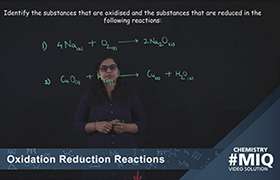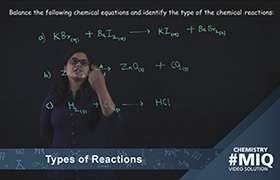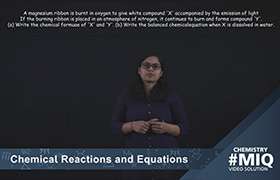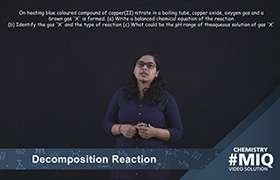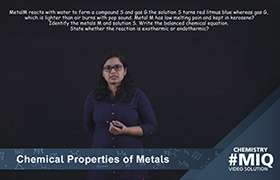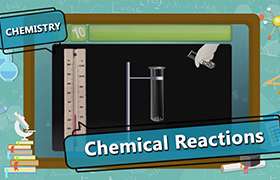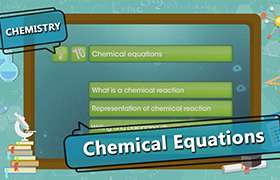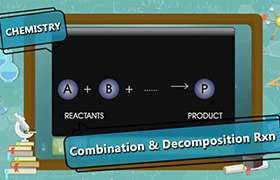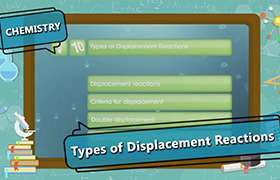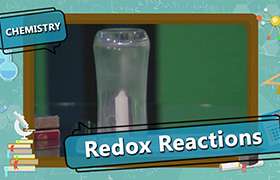CBSE Class 10 Answered
Iron oxidizes in normal air to give brown coloured iron oxides, also known as rust.Unlike many other metals which form passivating oxide layers, iron oxides occupy more volume than iron metal, and thus iron oxides flake off and expose fresh surfaces for corrosion.
Nickel is a relatively unreactive element. At room temperature, it does not combine with oxygen or water or dissolve in most acids. At higher temperatures, it becomes more active. For example, nickel burns in oxygen to form nickel oxide (NiO). It also reacts with steam to give nickel oxide and hydrogen gas.
In moist air, Copper combines with water and carbon dioxide. The product of this reaction is called hydrated copper carbonate (Cu 2 (OH) 2 CO 3 ). This compound has a beautiful greenish colour.
The surface of the pure metal tarnishes quickly, eventually forming a protective passivating layer of the basic zinc carbonate, Zn5(OH)6(CO3)2, by reaction with atmospheric carbon dioxide. This layer helps prevent further reaction with air and water. Zinc is more reactive than iron or steel and thus will attract almost all local oxidation until it completely corrodes away.

